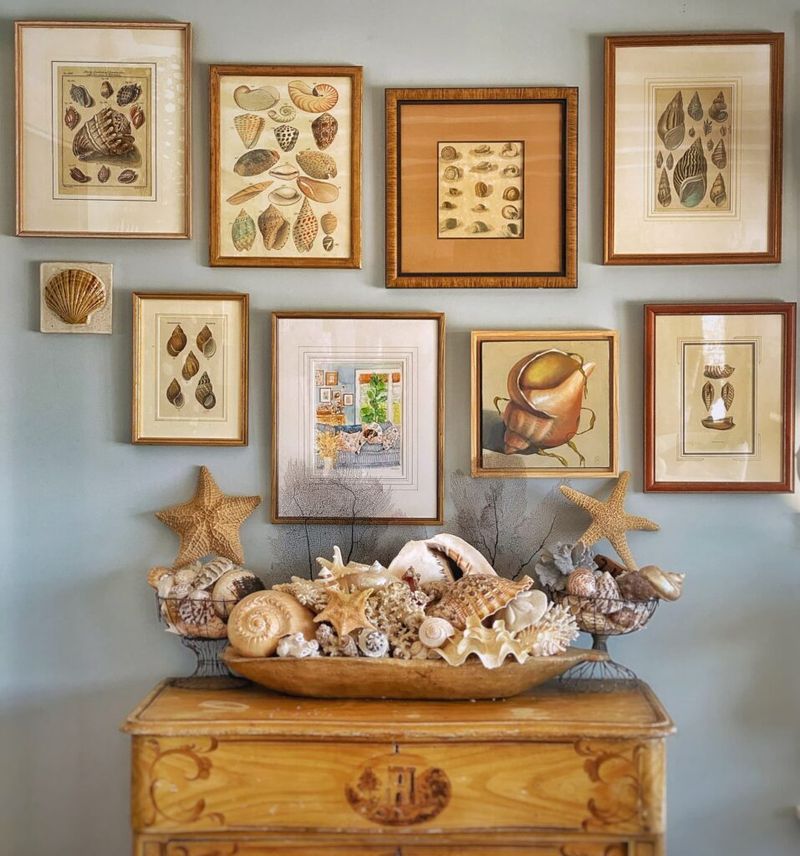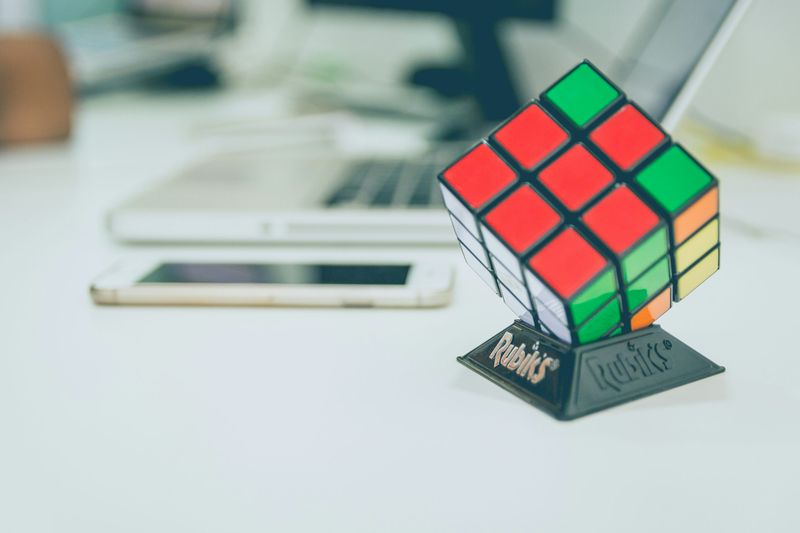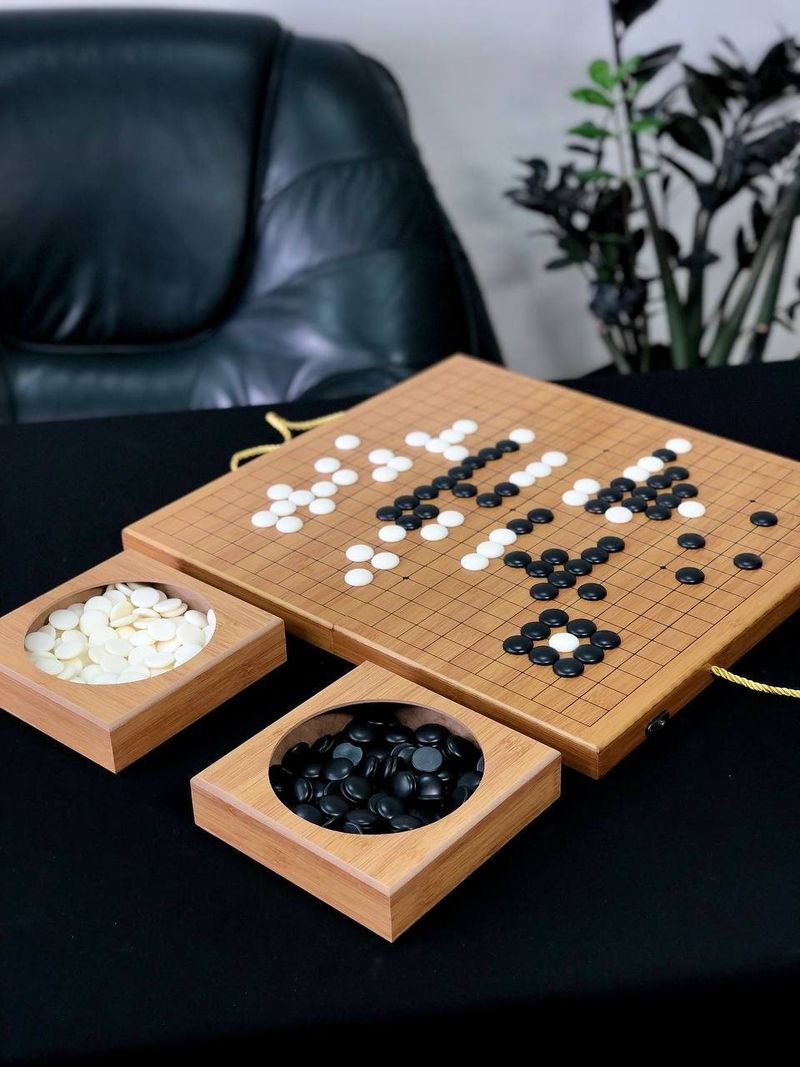12 Quirky Things That Are Shockingly Common in the Homes of People With High IQs

Ever wonder what makes a genius tick? The answer might be hiding in plain sight—right in their living rooms! Smart folks tend to surround themselves with objects that feed their busy brains and spark creativity. While there’s no magic formula for intelligence, these common household items suggest an environment where big ideas can flourish.
1. Organized Clutter

Einstein famously asked, “If a cluttered desk is a sign of a cluttered mind, of what, then, is an empty desk a sign?” Brilliant minds often maintain what looks like disorder to others but makes perfect sense to them.
These controlled messes aren’t laziness—they’re creativity in action! Papers scattered with notes, multiple books open to different pages, and ongoing projects spread across surfaces reflect an active mind juggling several concepts simultaneously.
For high-IQ individuals, this seemingly chaotic environment actually creates mental connections between ideas that might otherwise remain separate. Their “mess” is simply their brain working beyond conventional boundaries.
2. Bookshelves

Walking into a home with walls lined by overflowing bookshelves offers the first clue you’ve entered an intellectual’s domain. These personal libraries aren’t just for show—they’re actively used reference collections spanning diverse subjects from quantum physics to ancient philosophy.
Many high-IQ individuals can’t bear to part with books, viewing them as extensions of their mental landscape. You’ll notice dog-eared pages, margin notes, and books stacked horizontally atop properly shelved volumes when space runs short.
The variety is telling: fiction mingles with technical manuals, poetry collections sit beside scientific journals, creating a physical manifestation of cross-disciplinary thinking.
3. Artwork On The Walls

Visually engaging spaces help inspire creativity and emotional depth, often reflecting personal meaning or cultural insight. People with high IQs tend to surround themselves with thought-provoking imagery—whether it’s abstract paintings, vintage posters, or original photography.
Art serves as more than just decoration; it’s a daily source of stimulation, introspection, and perspective. These visual pieces often mirror a person’s inner world or intellectual interests, creating a home environment that’s rich in symbolism and feeling.
From bold colors to subtle sketches, artwork provides a creative backdrop that sparks ideas, fuels emotional resonance, and invites deeper conversations and reflection.
4. Creative Projects and Supplies

Tools for painting, crafting, writing, or inventing suggest a home that fosters imagination and hands-on thinking. Whether it’s a sewing kit, a sketchpad, or a DIY electronics set, these materials provide an outlet for exploration, experimentation, and creative expression.
People with high IQs often feel most at home in environments that actively encourage curiosity and problem-solving. From art supplies to tinkering tools, these items allow ideas to evolve from abstract thoughts into tangible works.
It’s not just about making something beautiful—it’s about engaging the brain, refining skills, and cultivating the kind of innovation that thrives through play.
5. Brain Teasers and Puzzles

A Rubik’s cube on the coffee table. A 1000-piece jigsaw puzzle permanently stationed on a side table. A newspaper folded open to the daily crossword with a pencil nearby.
These puzzle-solving opportunities scattered throughout the home aren’t just pastimes—they’re brain workouts. Highly intelligent people crave constant mental stimulation. Many keep puzzle books by the toilet or bedside table, ensuring no minute goes without potential for mental engagement.
Beyond entertainment, these puzzles serve practical purposes: maintaining cognitive flexibility, pattern recognition skills, and spatial reasoning abilities. For the high-IQ individual, solving puzzles produces the same satisfaction others might get from physical exercise.
6. Thriving Houseplants

Greenery flourishes in the homes of many brilliant minds. Far from mere decoration, these indoor gardens serve multiple intellectual purposes while creating a serene backdrop for deep thinking.
Studies show that tending plants boosts cognitive function and reduces stress—essential for maintaining peak mental performance. Many high-IQ individuals approach plant care with scientific precision, keeping detailed records of watering schedules and growth patterns.
The presence of nature indoors also provides subtle visual complexity that stimulates the brain without overwhelming it. Watch how they’ve arranged plants to create different zones for various thinking activities—denser foliage around reading nooks, sparser arrangements near workspaces.
7. Musical Instruments

A piano commanding attention in the living room. A guitar propped against the couch. A violin case left open after a practice session. These musical instruments aren’t collecting dust in high-IQ households—they’re used regularly as tools for cognitive enhancement and emotional expression.
The mathematical patterns in music deeply satisfy the logical mind while simultaneously engaging creativity. Many renowned scientists and mathematicians play instruments, finding that musical thinking complements their analytical work.
Beyond the well-documented Mozart effect, playing music activates nearly every area of the brain simultaneously. For brilliant minds, switching from intellectual problems to musical expression often triggers breakthrough thinking upon returning to their work.
8. Journals

Open any drawer in a brilliant person’s home and you might discover a collection of journals—some beautifully bound, others simple notebooks filled with hurried scrawls. These aren’t just diaries but external hard drives for exceptional minds.
High-IQ individuals often process thoughts through writing, creating detailed maps of their mental journeys. Flip through these pages and you’ll find everything from midnight equations to philosophical questions to sketches of invention ideas.
Many keep different journals for different purposes: one by the bed for capturing dreams, another for work breakthroughs, perhaps a gratitude journal for emotional balance. This practice of externalizing thoughts allows them to track patterns in their own thinking over time.
9. Strategic Board Games

Chess sets with pieces frozen mid-game. Dog-eared boxes of Settlers of Catan or Go. Complex strategy games with well-worn rule books. These aren’t just entertainment—they’re cognitive workout equipment for brilliant minds.
Unlike digital games, these analog challenges create social connections while exercising strategic thinking. Many high-IQ individuals host regular game nights, turning intellectual competition into community building.
The games themselves reveal preferences: chess players appreciate classic, proven challenges; newer Eurogames attract those who enjoy balancing multiple variables; legacy games appeal to those who like evolving systems. Whatever the specific choice, these games reflect minds that find joy in navigating complex rule systems and outthinking opponents.
10. Conversation Nooks

Two comfortable chairs angled toward each other beside a small table. A cozy window seat with cushions. A secluded porch swing. These intentional conversation spaces reveal a brilliant mind’s hunger for meaningful exchange.
High-IQ individuals often design their homes with areas specifically crafted for long, uninterrupted discussions. The furniture arrangement isn’t accidental—it’s optimized for eye contact, comfortable posture during extended conversations, and minimal distractions.
Many report that their best ideas emerge through dialogue rather than solitary thinking. These conversation nooks serve as intellectual incubators where concepts can be tested, refined, and expanded through the back-and-forth of good conversation with equally curious minds.
11. Specialty Teas

Open a cabinet in a genius’s kitchen and you might discover dozens of tea varieties organized with surprising precision. Far beyond casual enjoyment, this tea collection represents a mindful approach to cognitive function.
Different blends serve different thinking needs: black tea for morning focus, green tea for sustained afternoon work, and herbal blends for evening reflection. Many high-IQ individuals can describe exactly how each variety affects their mental performance.
The ritual itself matters too. The few minutes spent preparing a proper cup creates a mental transition between activities, allowing the brain to shift gears naturally. Notice the quality teaware—the brewing process isn’t rushed but treated as a meaningful pause in intellectual pursuits.
12. Aromatherapy Tools

The homes of intellectual powerhouses often smell amazing—not by accident but by design. Essential oil diffusers, quality candles, or incense burners strategically placed throughout living spaces reveal a sophisticated understanding of how scent affects cognition.
Rosemary near the desk for memory enhancement. Lemon in the kitchen for mental clarity. Lavender in the bedroom for improved sleep quality. These aren’t arbitrary choices but evidence-based selections to optimize brain function. Some people use specific scents as anchors for different thinking modes—creating olfactory cues that help them quickly transition between creative ideation, analytical problem-solving, and reflective contemplation. Their scent choices aren’t about masking odors but actively shaping their cognitive environment.

Comments
Loading…